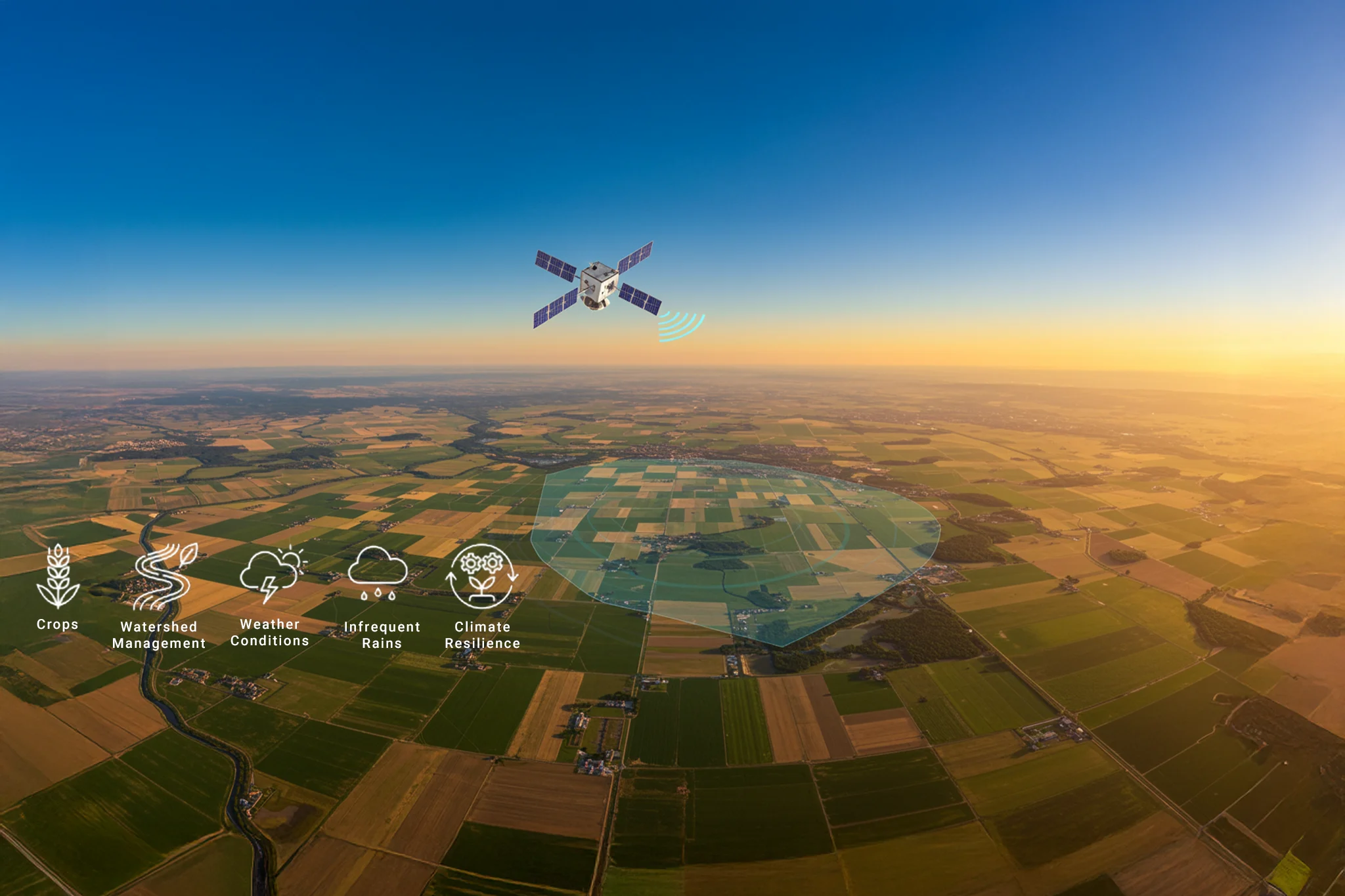Why agriculture intelligence?
Introducing Cropin’s plot-level intelligence
- Identify crop - wise growing areas using remote sensing capabilities, and identify the major crop-growing regions in a room, with fortnightly reports for near real-time analysis.
- Crop health monitoring throughout the season from a centralized location.
- Strategize procurement through localized harvest forecasts and crop-wise harvest schedules for better planning of logistics, warehousing, packaging, and other downstream operations.
- Digitize farmer engagements by providing insights to farmers on relevant real-time changing trends to help them hedge their risks better.
Key components of the cropin plot intelligence solution
| Analytical Insights | Actionable Advisory |
|---|---|
|
|
Various AI models under the plot-level intelligence module:
Crop stage detection:
Precision agriculture has revolutionized the farming industry by increasing productivity and efficiency in producing high-quality and high-quantity food to feed the world’s population. In today’s digital era, the abundance of high-resolution satellite imaging data provides opportunities for growers and farming companies to leverage reliable, near-real-time information on crop growth and achieve proactive decision-making.
Crop stage: What stage is a crop currently in, based on the BBCH – Stage Classification?
Crop progression: How close a crop is to the ideal window for harvest
Crop growing degree days: Growing degree days help growers and researchers track the development of plants and the occurrence of pests or diseases.
Crop health monitoring
Canopy greenness: Derived from the raw index Normalized Difference Vegetation Index (NDVI), which calculates vegetation health.
Canopy nitrogen uptake: Derived from the raw index Normalized Difference RedEdge Index (NDRE), a measure of crop vigor.
Canopy water stress: Derived from the raw Land Surface Water Index (LSWI), which measures the total amount of liquid water in vegetation and the soil supporting it.
Crop yield estimation
- Yield per hectare of the plot.
- Expected production range of the plot.
- Insights on harvest timing, crop health, and other related factors.
Disease earning warning system (DEWS):
Irrigation advisory:
- Reduces water waste due to over-irrigation
- Helps prevent water stress in crops
- Enables farmers to schedule irrigation efficiently and optimize water use








